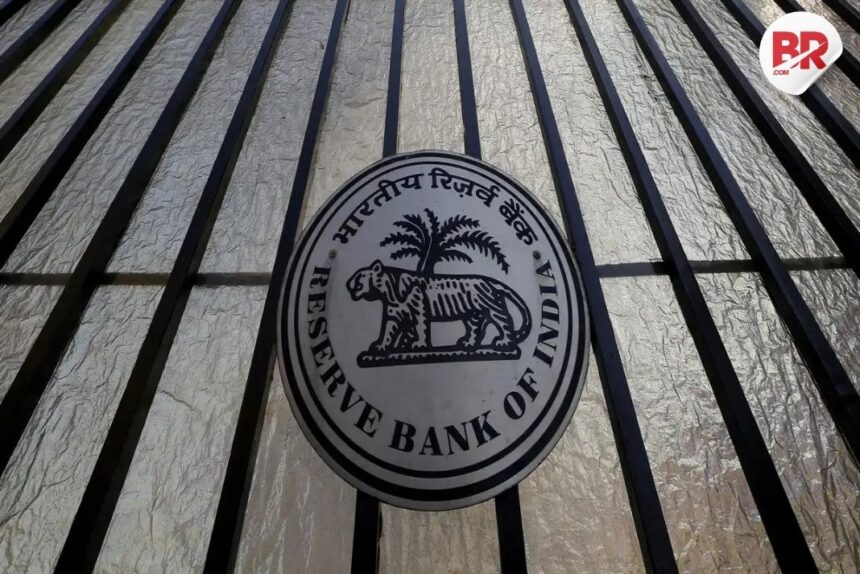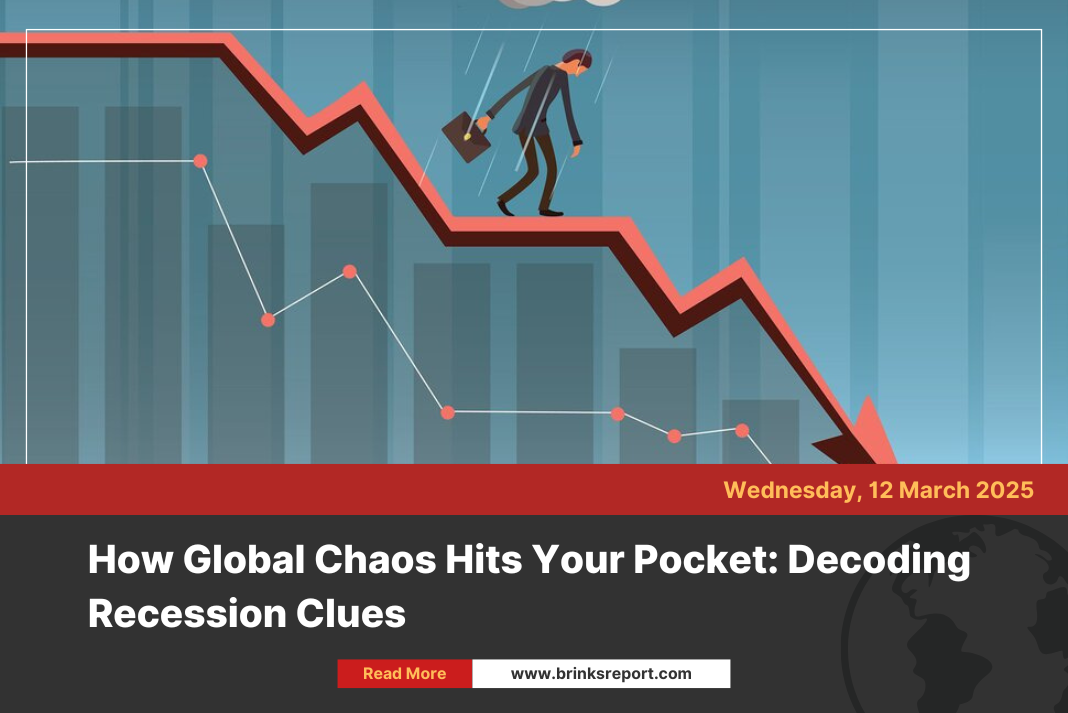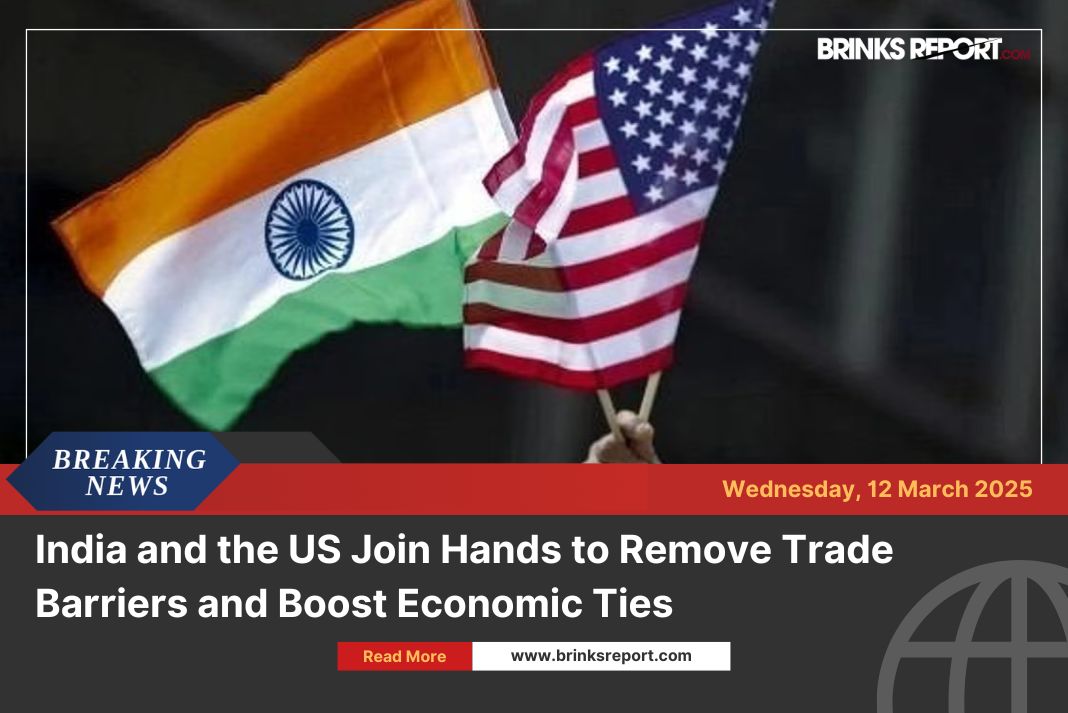
Trade tensions are rising—and India is feeling the heat.
The United States recently announced a sweeping move: a minimum 10% tariff on imports, with steeper rates aimed at Asia and Europe. India? Hit with a hefty 27% tariff, just behind China’s 34%.

This unexpected blow has triggered serious concerns across India’s business and policy circles. For a country riding a wave of economic momentum, the question now is: Can the Reserve Bank of India (RBI) step in to protect growth and trade?
A Global Move, A Local Impact
The U.S. says the tariffs are designed to reduce trade imbalances and protect its own industries. But around the globe, the move is seen as a trigger for a potential trade war.
For India, it could mean bad news for some of its strongest sectors—textiles, pharmaceuticals, and IT services—all of which are now facing higher costs when exporting to the U.S., a key market.
These industries don’t just drive GDP. They employ millions, and any slowdown could ripple through the broader economy.
Also Read: Rising Costs, Falling Confidence: Trump’s Tariffs Fuel Recession Fears
The RBI’s Role: Calm in the Chaos?
As India’s monetary authority, the RBI is now in the spotlight. It must help cushion the economy while maintaining financial stability. But how?
One option: Let the rupee weaken—strategically.
A slightly weaker rupee could make Indian exports more affordable abroad, helping businesses absorb the tariff hike. But this move comes with risks. A rapid decline could drive up import costs, especially for essential goods like oil, leading to rising inflation.
So, the RBI must walk a tightrope—boost exports without triggering a price spiral at home.
Playing the Currency Game Right
Another strategy: bolster foreign exchange reserves.
By holding a strong buffer of dollars, the RBI can protect the rupee from sudden shocks. This also gives confidence to global investors, showing that India has the tools to weather financial storms.
The RBI might also intervene directly in currency markets—buying or selling rupees to keep it stable. But again, this has to be done with caution to avoid burning through reserves.
Also Read: Goldman Sachs Shock Warning: 35% Recession Risk as Trump Tariffs Threaten US Economy
Supporting Exporters from the Ground Up
The RBI can also help exporters more directly.
It could ensure easier access to credit, or lower interest rates for export-heavy industries, helping them stay competitive. Additionally, the RBI could work with the government to explore new trade agreements, shifting reliance away from the U.S. and towards new export markets.
This kind of trade diversification is not a quick fix—but it’s a smart long-term strategy.
It’s About Balance—and Timing
While the RBI has powerful tools, the challenge lies in how and when to use them.
It needs to support exporters, control inflation, and maintain economic stability—all at the same time. Coordination with the government is key to ensuring that monetary and trade policies move in the same direction.
Looking Ahead
The road ahead is tough. The U.S. tariffs may just be the start of broader global trade tensions. But India is not without options. If the RBI acts wisely—using the right mix of policies and timing—it can shield India’s economy, preserve its growth story, and even turn this crisis into a chance for deeper reform.
Also Read: Trump’s Tariffs Ignite Global Trade War—Was It Worth It?












